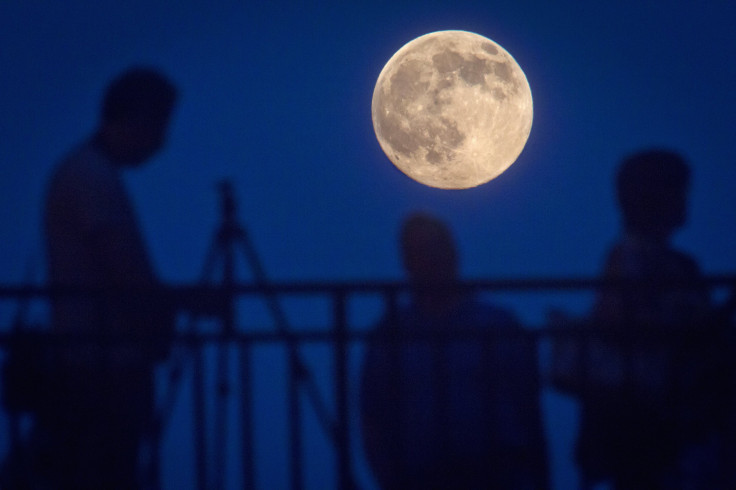Tidal Forces On Earth Gave Moon Its ‘Lemon’ Shape: Study

In an attempt to solve the mystery of how the moon got its unique shape, a team of researchers conducted a study that explains how the moon got its shape by examining the early effects of earthly tidal forces on the satellite.
The study, published in the journal Nature on Wednesday, provided insights into the moon's early history, its evolution orbiting around the Earth and its current orientation in the sky. According to the researchers, as the moon cooled and solidified more than 4 billion years ago, the effects of the forces imposed by the movements of earthly tides and the satellite's rotation around the planet also became fixed, creating a "frozen tidal-rotational bulge."
“If you imagine spinning a water balloon, it will start to flatten at the poles and bulge at the equator,” Ian Garrick-Bethell of the University of California, Santa Cruz and the study’s lead author, said in a statement. “On top of that you have tides due to the gravitational pull of the Earth, and that creates sort of a lemon shape with the long axis of the lemon pointing at the Earth.”
The researchers suggested in the latest study that differences in the thickness of the moon's crust caused by the tidal heating at the time of its formation can explain most of the moon's geography, while the remainder is attributed to the frozen tidal-rotational bulge that formed afterward.
Scientists had said in a previous study, in 2010, that the shape of the lunar farside highlands was consistent with the effects of tidal heating during the formation of the moon’s crust. However, the study did not explain the tidal-rotational bulge.
“In 2010, we found one area that fits the tidal heating effect, but that study left open the rest of the moon and didn't include the tidal-rotational deformation. In this paper we tried to bring all those considerations together,” Garrick-Bethell said.
According to researchers, tidal heating and tidal-rotational deformation had similar effects on the moon's overall shape. Both processes made the moon resemble a lemon with a bulge on the side facing the Earth and another on the opposite side.
“The moon that faced us a long time ago has shifted, so we're no longer looking at the primordial face of the moon,” Garrick-Bethell said. “Changes in the mass distribution shifted the orientation of the moon. The craters removed some mass, and there were also internal changes.”
© Copyright IBTimes 2024. All rights reserved.






















